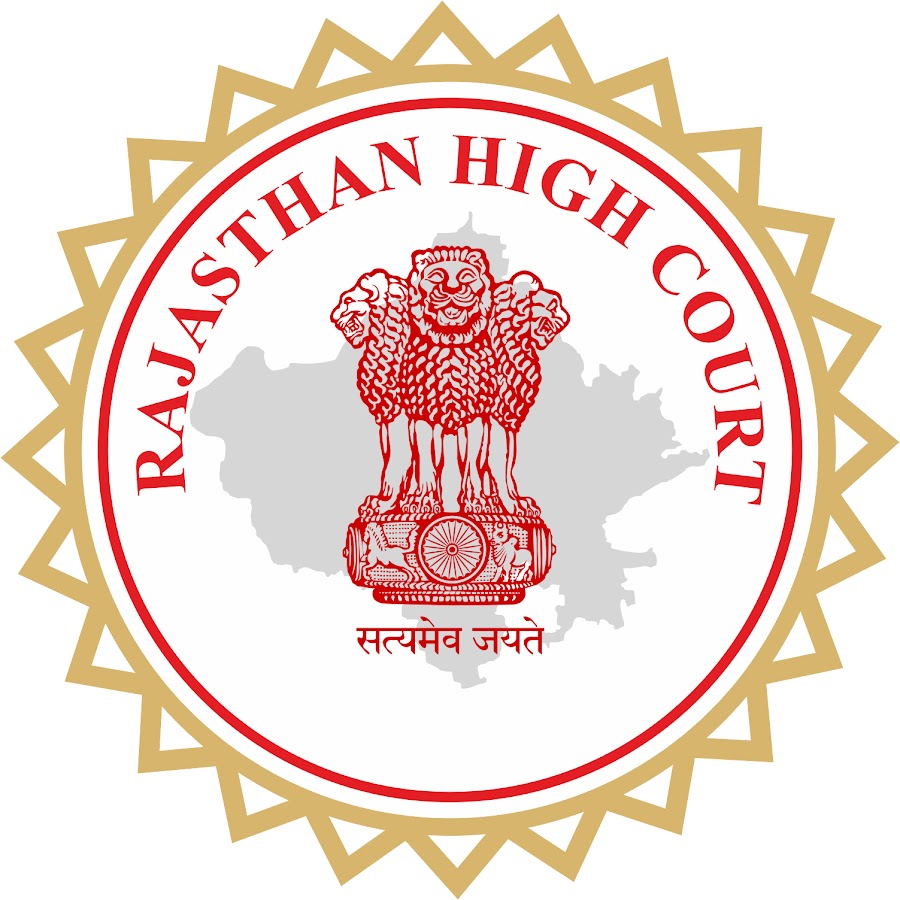History
The Hanumangarh district was formed on 12.7.1994 from the than Ganganagar district as 31st district of Rajasthan state. Seven tehsils of Ganganagar districts of Bikaner division viz. Sangaria, Tibi, Hanumangarh, Pilibanga, Rawatsar, Nohar and Bhadra were included into the newly created district of Hanumangarh. The district headquarter Hanumangarh is situated on the bank of Ghaggar River which is the present form of the last mythological river Saraswati. Ghaggar River, which is called as ‘Nali’ in local dialect divides the district headquarter into two parts. In the north of Ghaggar River, Hanumangarh Town and in the south the habitation of Hanumangarh Junction is situated. Hanumangarh Junction is the main centre of commercial activities and all the other main offices including office of the district collector are situated in Hanumangarh Junction . Earlier, Hanumangarh was the kingdom of ‘Bhati’ Rajputs. It was built by Bhupat son of Bhati King of Jaisalmer in 1295 AD. Bhupat named it as ‘Bhatner’ in the memory of his father. Bhatner’s maximum importance was due to its location on Delhi-Multan highway. Traders from Central Asia, Sindh and Kabul used to travel to Delhi and Agra via Bhatner. In the year 1805, Suratsingh the King of Bikaner took control of Bhatner after defeating Bhatis. Since the day of victory was Tuesday, the day owed to Lord Hanuman so the name of Bhatner was kept as Hanumangarh. The district has its own place from historical and archaeological point of view. Excavations at Kalibanga and Pallu have revealed the ancient civilizations, which tell change in eras. The district has more than 100 ‘Mounts’ where the remains of ancient civilizations have been buried. The villages/towns are resting under mounts due to massive destructive acts of awes. The excavation in Kalibanga in 1951 shows the presence of the ancient civilization of Indus valley. In his recent research History, Dr. G.S.Devra has established that the historical famous field of Tarain between Mohd. Gori and Prithviraj Chauhan was none other than the area of Talwara lake of Hanumangarh district. The contemporary writers have described Talwara lake as Mauj-e-Aab and Bhatner fort as ‘Tavar Hind’ fort.



